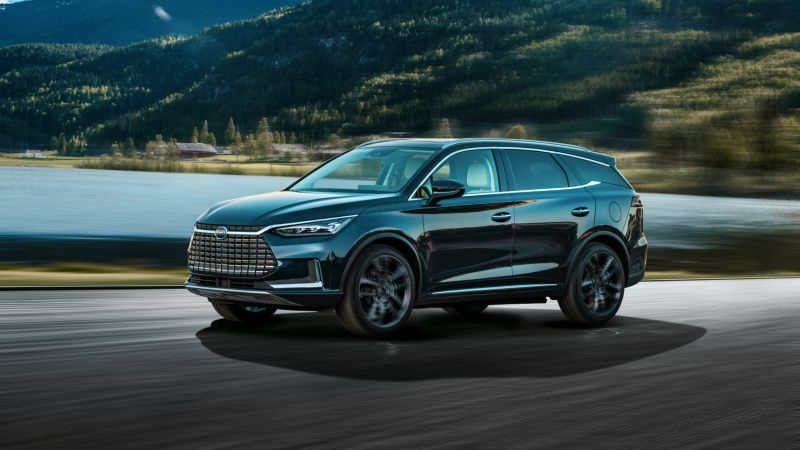The rates of additional duties on the import of Chinese electric vehicles into the EU countries adopted in early July were temporary, and after their introduction, discussions were held between the member countries of the bloc, which led to their reduction in purely symbolic amounts. However, if by September 25 the EU countries manage to approve constant customs rates, they will come into force in November for a period of five years.

Image source: BYD
Bloomberg reported at the end of last week that a vote on this issue in the European Union will take place on September 25. For the tariffs to be adopted in their current form, they must be supported by at least 15 EU countries, home to 65% of the bloc’s population. Although the expansion of Chinese electric vehicles is generally perceived as a threat, some EU countries are demonstrating motivated resistance to their introduction.
In particular, Germany, which is the largest supplier of cars in Europe and one of the largest markets for their sales in the region, is worried about its Chinese business. China has long become the world’s largest automobile market, and until recently the German brand Volkswagen held a good position here. If the introduction of increased duties on Chinese electric cars in Europe provokes some kind of prohibitive measures in China, then the business of German automakers will suffer even more than from growing competition in the Chinese market. Many German automakers have joint ventures in China, where they produce cars for the local market. The year before last, Volkswagen and BMW sold about 4.6 million cars on the Chinese market.
Spain, which is the second largest passenger car manufacturer in the EU, is no less opposed to the introduction of increased duties on Chinese electric cars in Europe. The country’s Prime Minister Pedro Sanchez recently visited China to seek investors to develop the country’s electric vehicle industry, and he publicly opposed the introduction of increased duties in the EU. Negotiations on this topic will continue this week, as Chinese Trade Minister Wang Wentao travels to Europe to meet with his European counterpart Valdis Dombrovskis. In the current version, the range of increased duties on Chinese-assembled electric vehicles starts from 18% for Tesla and ends at 46.3% for SAIC. This rate already takes into account the basic 10%, which is required to be paid when importing electric vehicles for sale into the EU from all other countries.